Last autumn, as the chill began to set into the New York City winter, I became enchanted by an undiluted, unfettered display of unrefined style that is the very opposite of high fashion’s polished veneer (though I love high fashion and its world, too). I was wandering through the Lower East Side post—Fashion Week, where I was struck not just by the street style but by the very idea of it. Fashion Week was happening, almost literally, right above it.
I was in the midst of looking at what was very much a living installation of Undone, the very concept that our editor at large, Andy Wang, with the help of some locals (and me), had conceived for this issue. Street style isn’t manufactured in studios; it’s born on the sidewalks. At a well-known street style event organized by Complex during New York Fashion Week, I found myself among a crowd that stretched from emerging artists to well-established influencers.
Here, the outfits weren’t just for show; they represented an effortless combination of luxury and practicality you’d more commonly find at your local corner store. One ensemble, for instance, paid homage to the spirit of virality and disruption that accompanies a collection by Off-White. This look was mainly down to a local designer’s vision—a vision that had him pairing a deconstructed bomber jacket, crafted with modest distressing and an asymmetrical cut, with some of the freshest bespoke sneakers I’d seen.
The jacket had a nice sharpness to it, and with the sharply cut trousers that accompanied it, the whole outfit managed to preserve a certain ruggedness while remaining impeccably tailored. How the environment plays a critical role in inspiring looks, I couldn’t help but notice. In downtown Manhattan, high fashion and utilitarian design fused before my very eyes as I encountered a group of young professionals.

One of the women in the group wore a tailored leather jacket that appeared to be custom-made by a boutique label known for its modern interpretations of classic workwear. The jacket was certainly a standout piece, but when I looked at it closer—analyzing the ensemble as a whole—I got the real sense that this woman was the embodiment of an urban ideal. She was wearing a simple graphic tee (the kind you could cop in bulk at the local thrift store) and statement sneakers, which she paired with a graphic tee that reped a certain essentialism, a kind of no-frills workwear.
But even stripped of its artistry, her look was a personal manifesto. In those five or so seconds that I spent assessing her from a distance, I recognized the silhouette of that moment as a work of design happening right before my eyes—a fleeting, unscripted, real-life work of art. That evening, I found myself at a rooftop gathering in Brooklyn, where the city’s skyline served as a stunning backdrop.
This was no raucous rooftop party; I was with only about 20 other people, and we were sipping craft cocktails and chatting intimately, our voices not even close to being on the level of what you might call a “rooftop party.” The people I was with, and the conversations I was part of, were not exactly representative of America, but then again, 20 people may not be a representative sample of anything, and the same could be said for whatever we were talking about and whatever place we were in when we were talking. Still, I found the experience, the people, and the conversations to be an interesting glimpse into one vision of America—an America where individual self-expression, especially through the medium of fashion, counts for a lot. After leaving the rooftop event, I reflected on the stark contrasts that define urban fashion.
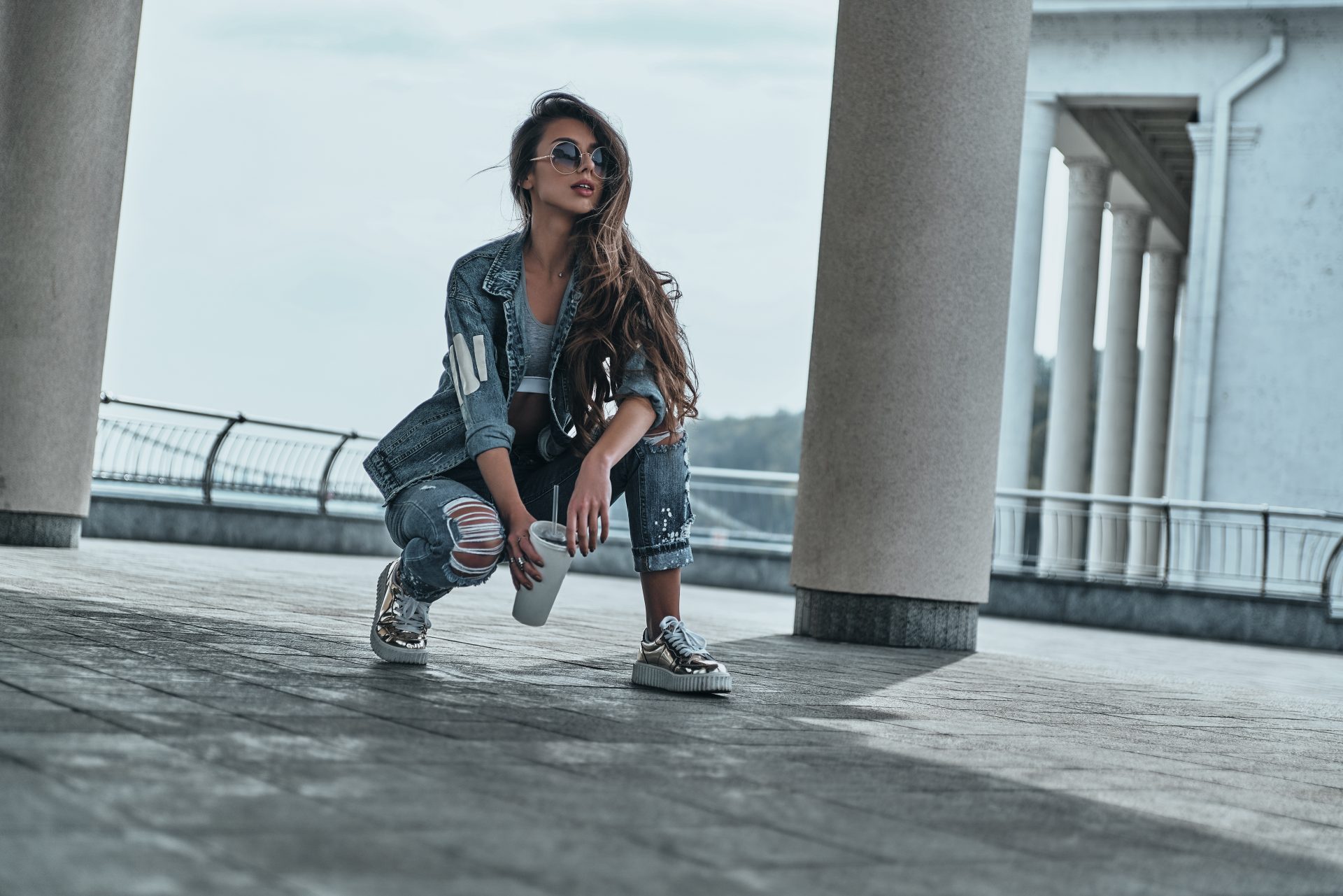
In a city known for its relentless pace, every corner tells a story, and in the gritty alleyways of the Lower East Side—my current neighborhood—I’ve become acquainted with a subtle yet powerful play of light and shadow that seems to echo the interplay of luxury and streetwise practicality. I’ve brushed up against that element of surprise. I also had my first real experience with the rough-and-tumble of street style.
I live near where the stories of urban visuals begin. I even had a moment caught on camera not far from the famous graffiti wall, where I attempted to look as avant-garde as the young woman just down the street, who was carefully adjusting her own appearance. I haven’t perfected her unfettered rawness, and I certainly don’t have her closet, but outfit aside, I think penning a street style story in the spirit of that young woman means making the personal part of the story.
A striking example emerged during a visit to an open-air market in East London, where international influences come together and the local street style scene has clearly felt their impact. Among vendors selling everything from handmade jewelry to bespoke leather goods, I saw how local designers have been integrating traditional British tailoring with streetwear. One stall in particular showcased an innovative collection of reworked trench coats and urban accessories—a kind of homage to brands like Burberry—that married the old and the new.
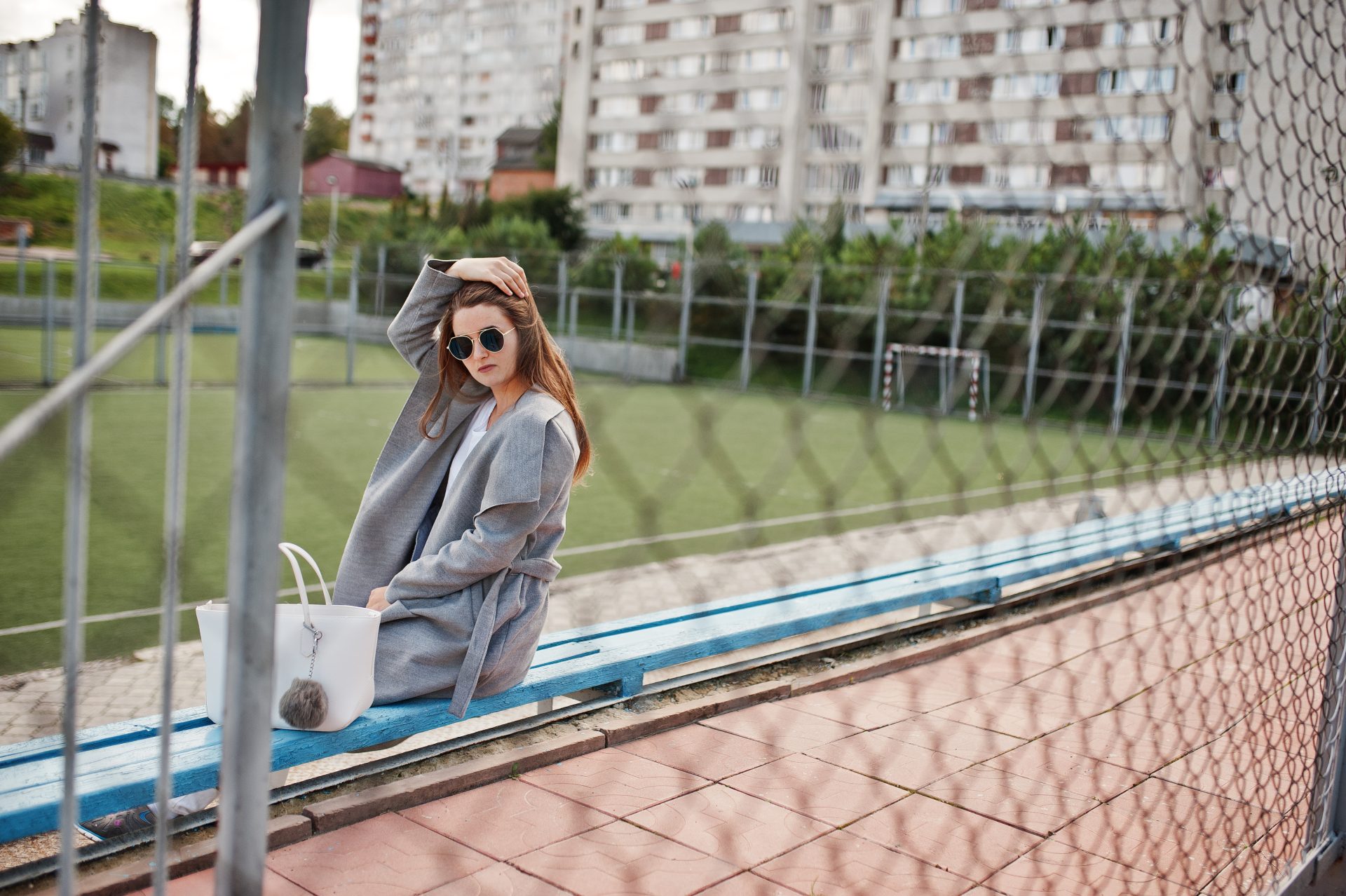
The collection was reinventing British classicism with a contemporary edge. And the stall was just one stop on a broader street style tour that had heritage meeting subculture written all over it. As I delved into the urban style scene, I felt the raw creativity and authenticity of what I was witnessing.
That may seem obvious: If you’re encountering anyone in the “urban stylist” space, you’re essentially running into one part of the creative class — the part that wears beautiful, stolen, secondhand, or made-to-fit clothes (or the part that makes those clothes for someone else). But until I traversed the street corners and local haunts that some myspace came from, it was hard to see all this as bluntly and beautifully as I do now. Even in an era of sameness, with so many of TikTok’s and Instagram’s “influencers” looking the same, street style in an urban context has an undeniable and beautiful diversity.
When I think about these experiences, I remember that street style is much more than a trends-based way of dressing; it is a kind of identity proclamation. The way a person wears a mix of high-low fashion, the way a person finds to adapt to an urban environment that is always in flux, all work together to tell the larger story of one’s life. Traversing the city isn’t only about getting from Point A to Point B; it is an act of seeing and being seen, an opportunity to showcase.
Whether it’s the fresh-faced cheerleaders of the urban canyons, the lithe Longchamp bag-wielders of the Upper East Side, or a
Punk Rey from a galaxy far, far away, I’m continually beguiled and inspired by the outfits I see. For me, street style signifies a continuing dialogue between tradition and innovation. It is a living, breathing art form that is conditioned by our experiences, our communities, and our unending pursuit of authenticity.
Designers like Virgil Abloh, whose groundbreaking vision continues to influence the streetwear ethos, are augmented by freshman talents offering fresh perspectives. Together, they remind us that fashion isn’t a static, monolithic thing but a conversation, increasingly fortified with our digital presence, that unfolds on sidewalks, in secret markets, and at the crossroads of culture and creativity. In every moment we manage to capture, either on film or in memory, the essence of street style remains.
And I think that’s how we should approach the art of style.
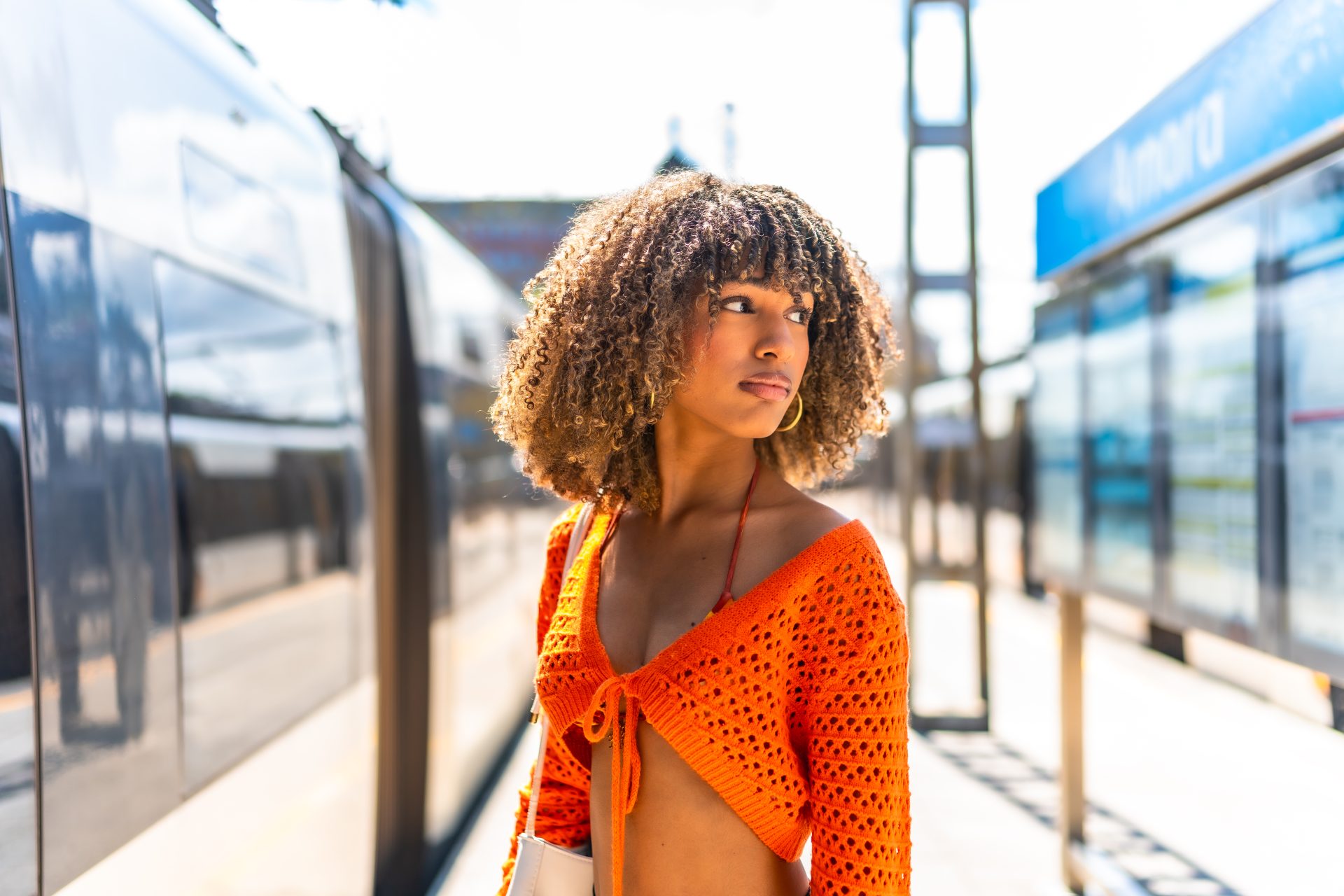
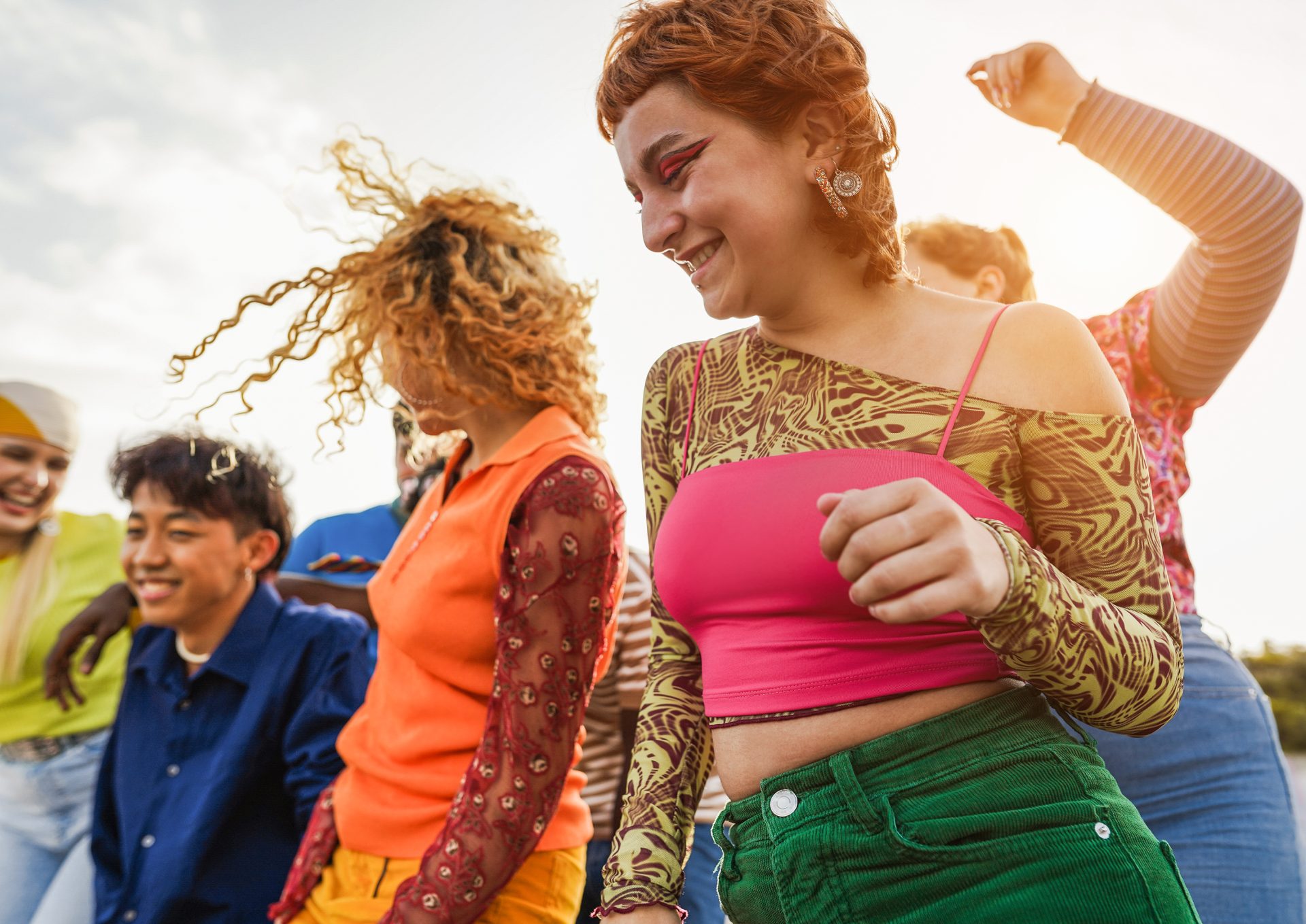
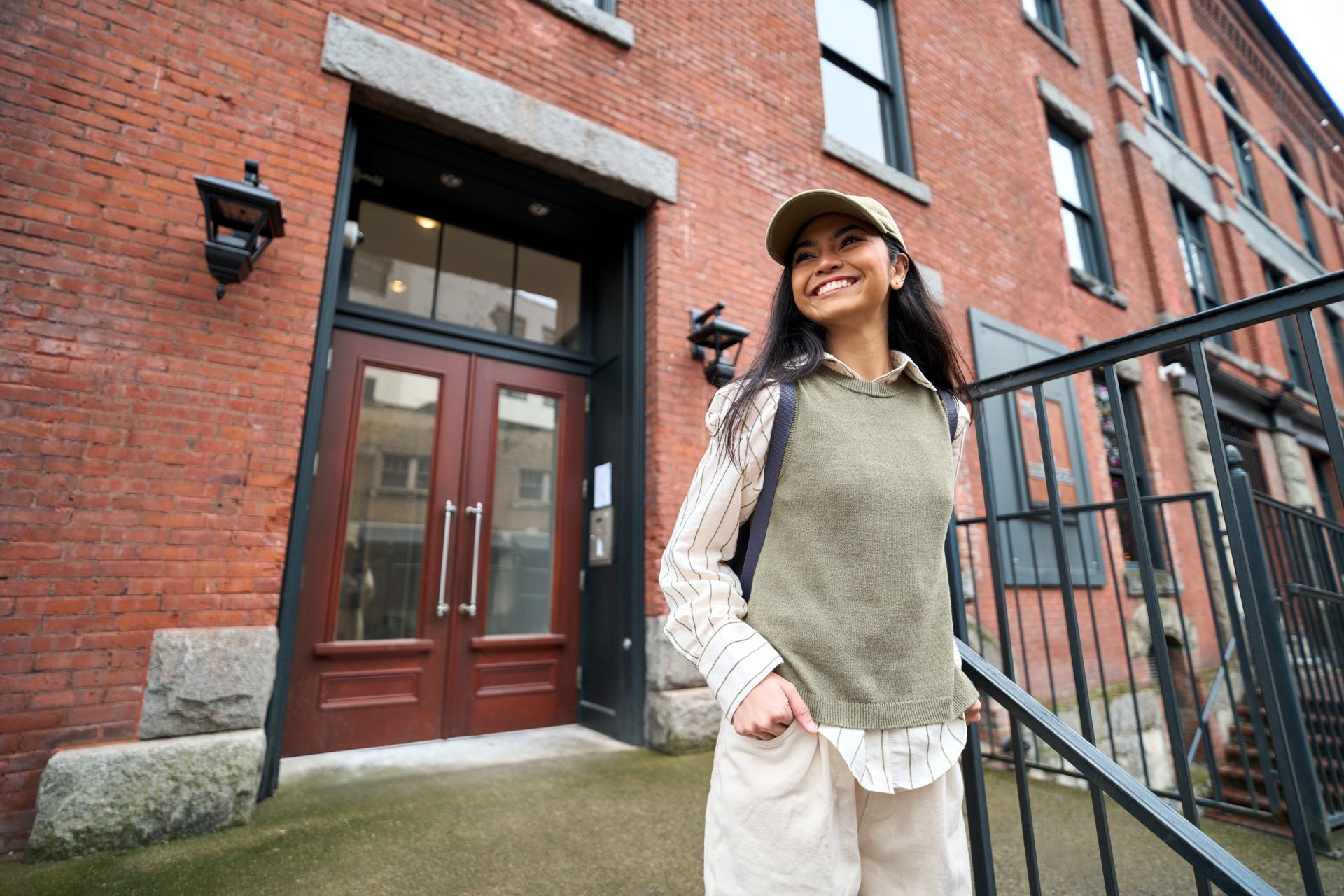

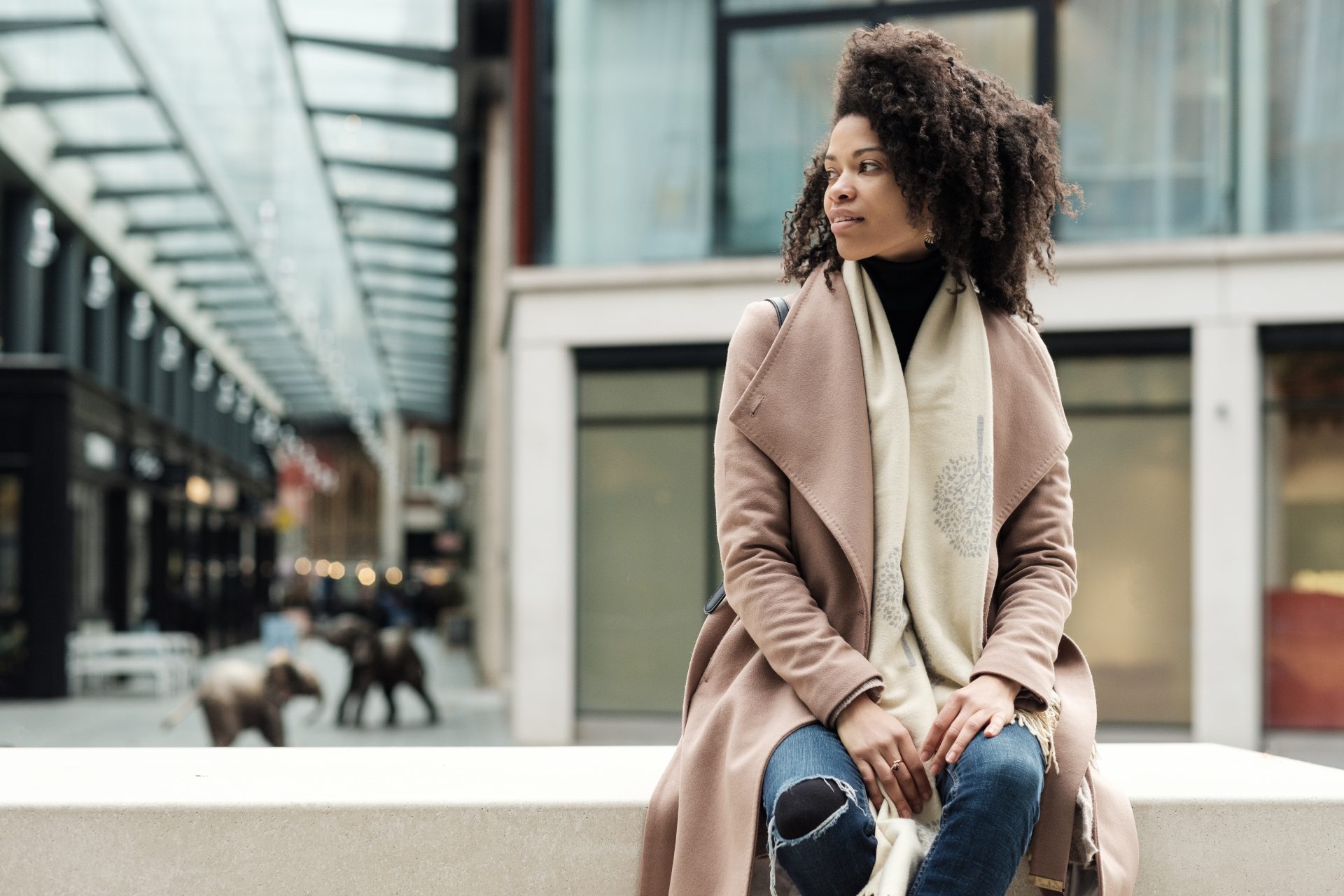
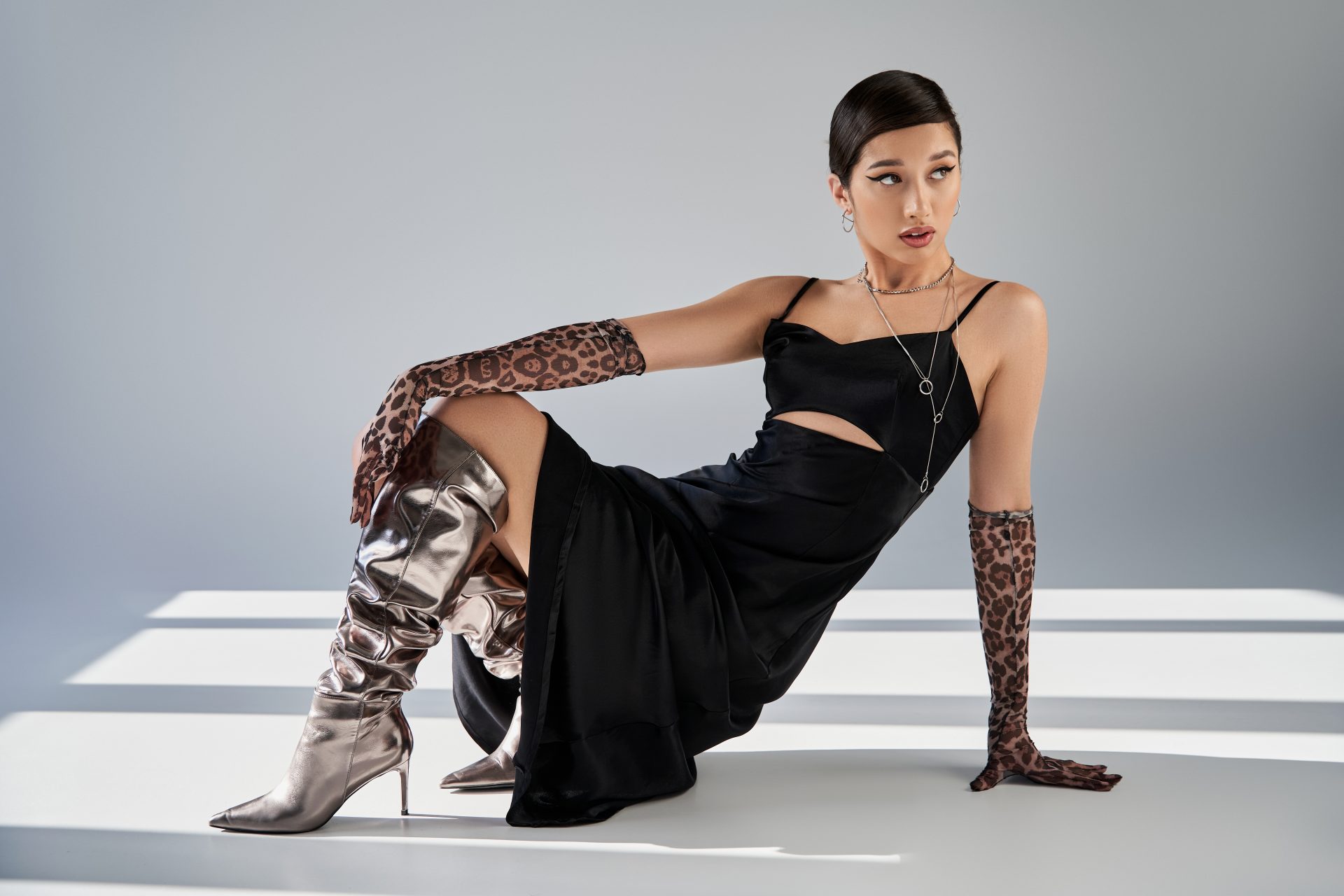
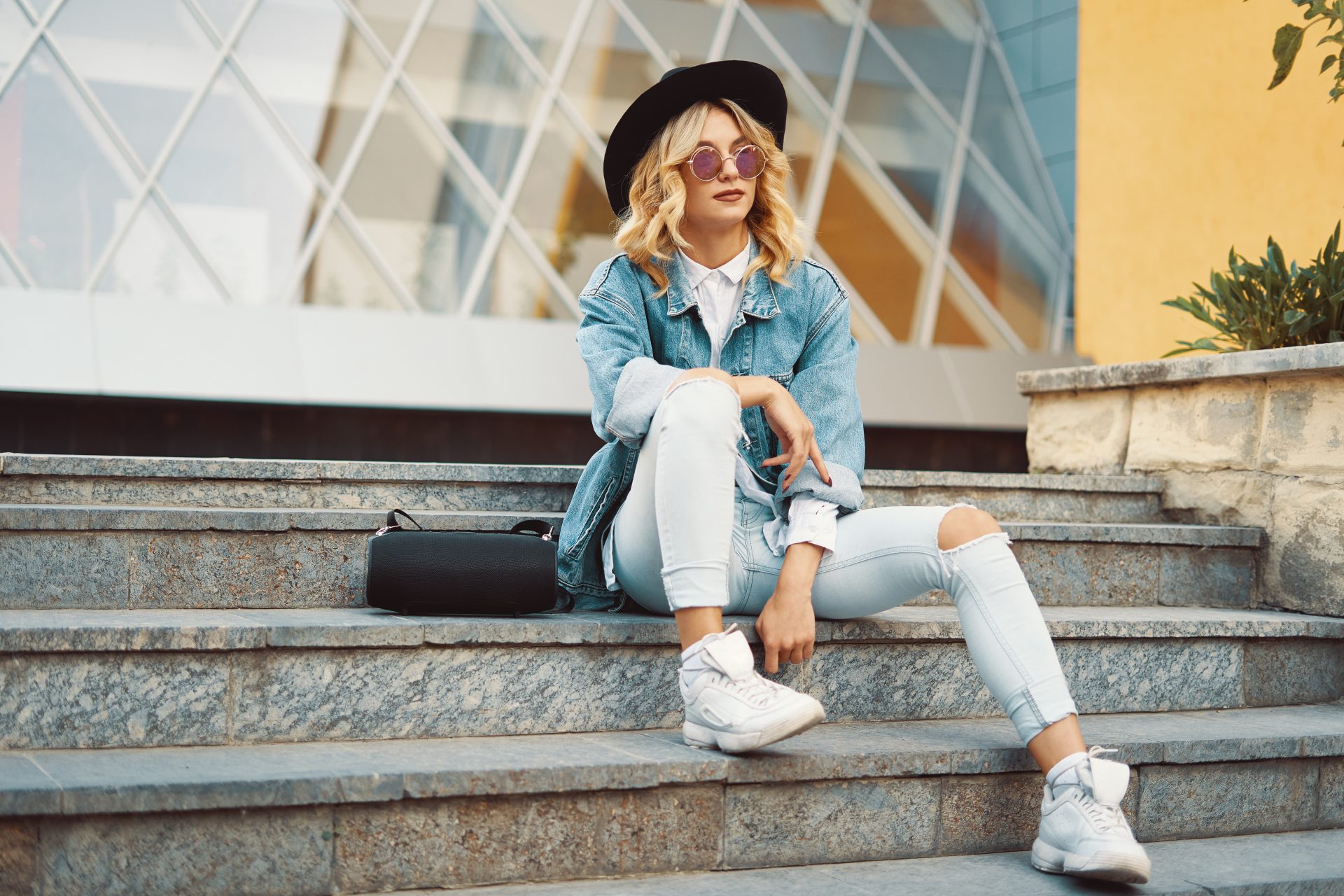
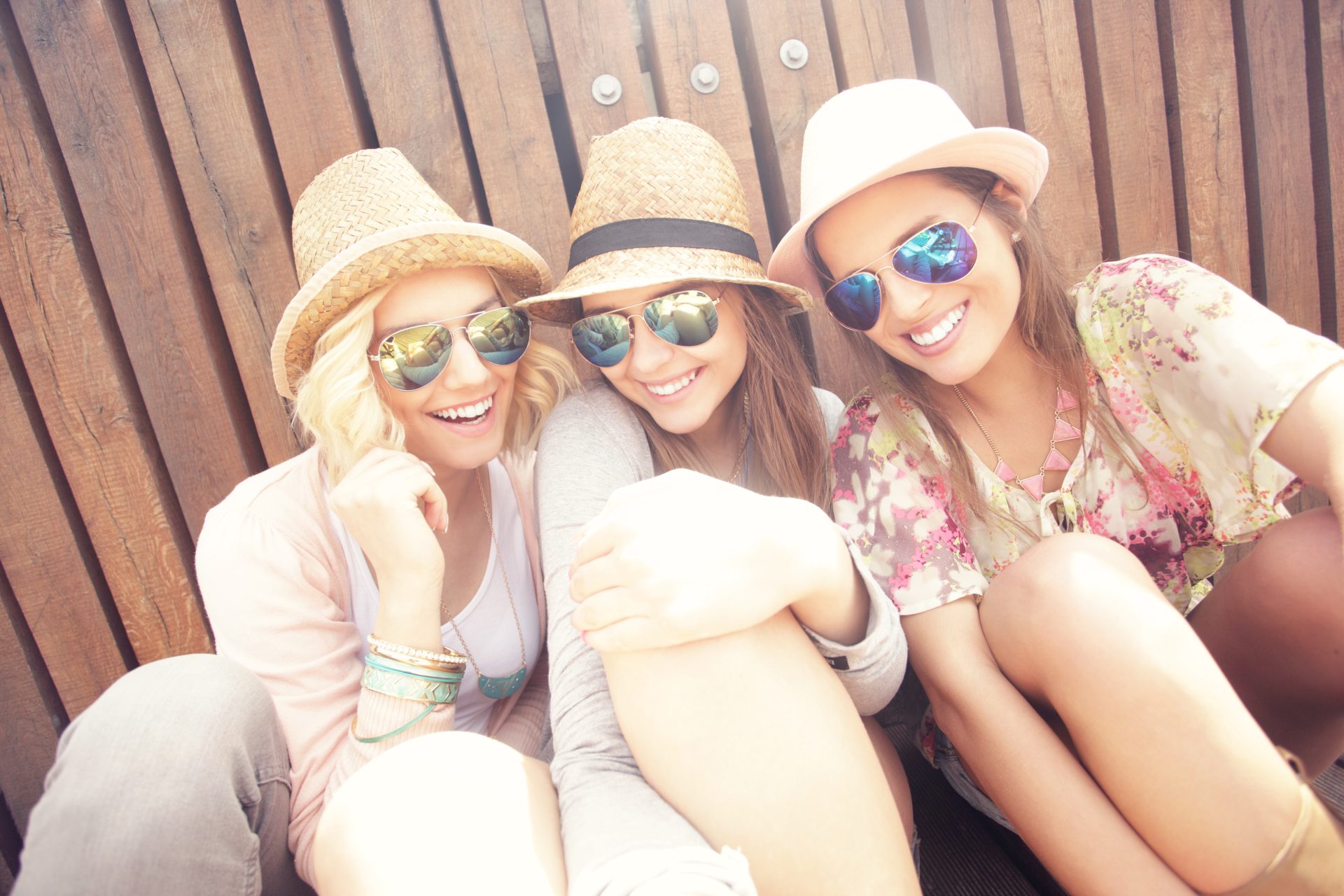
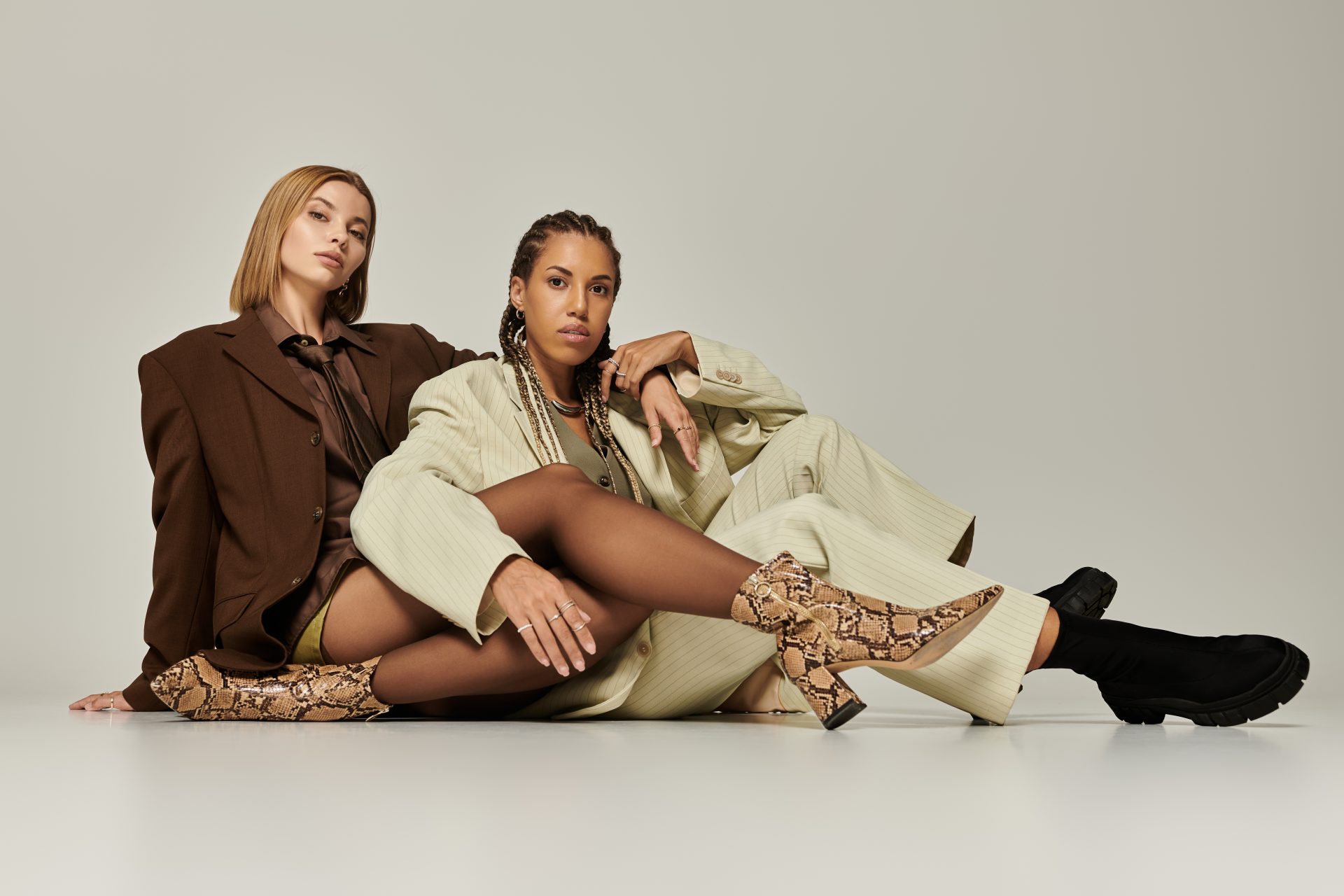

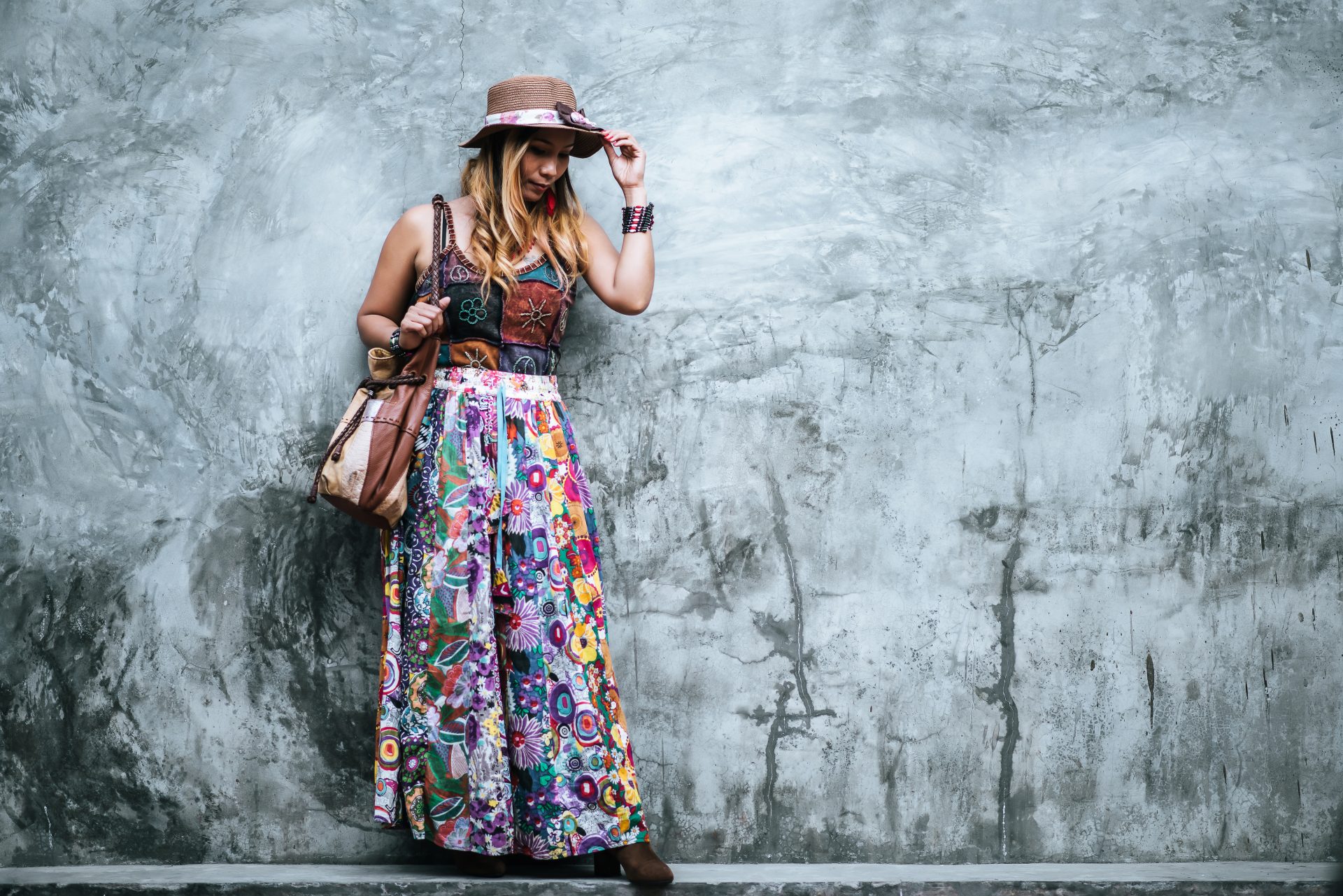
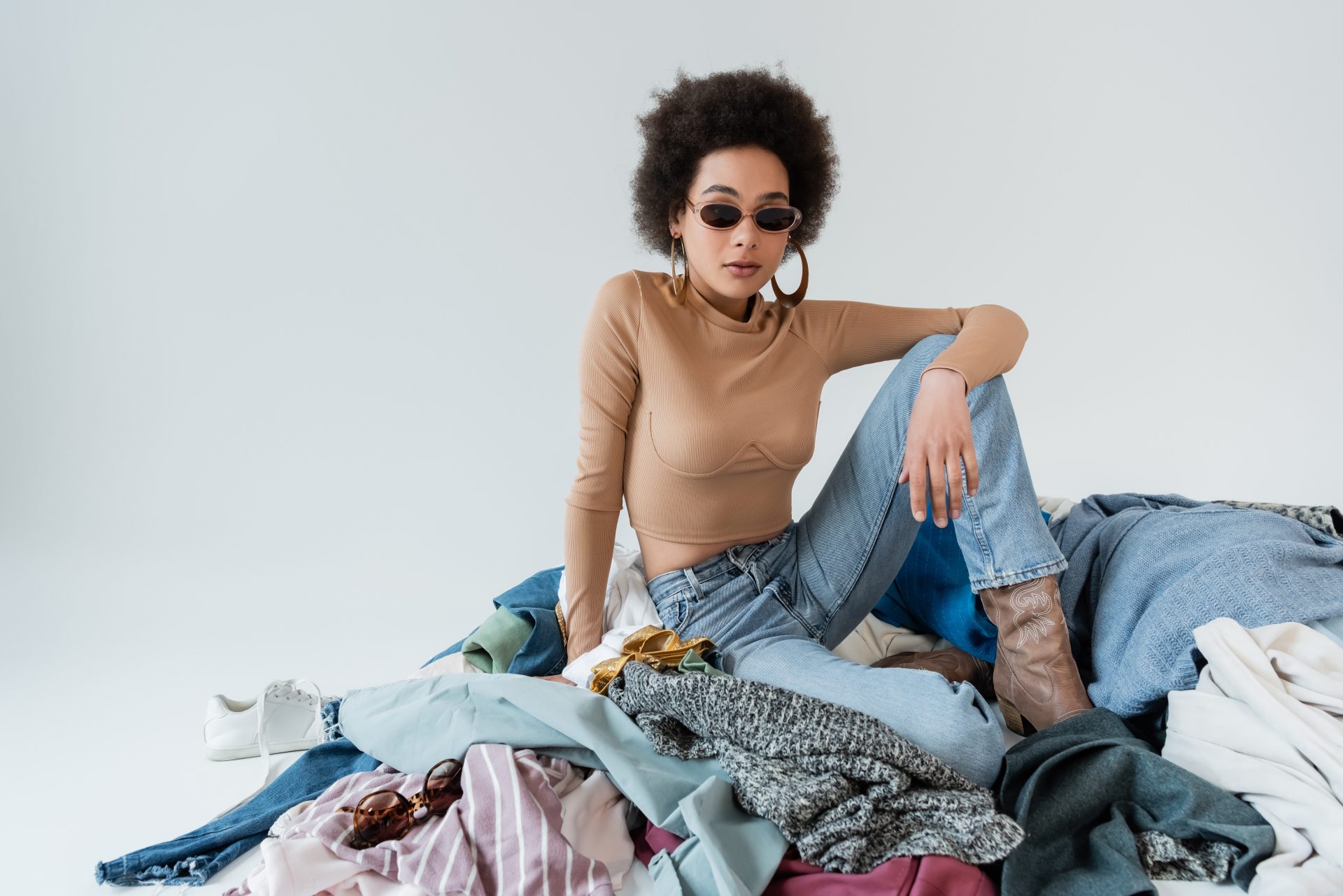
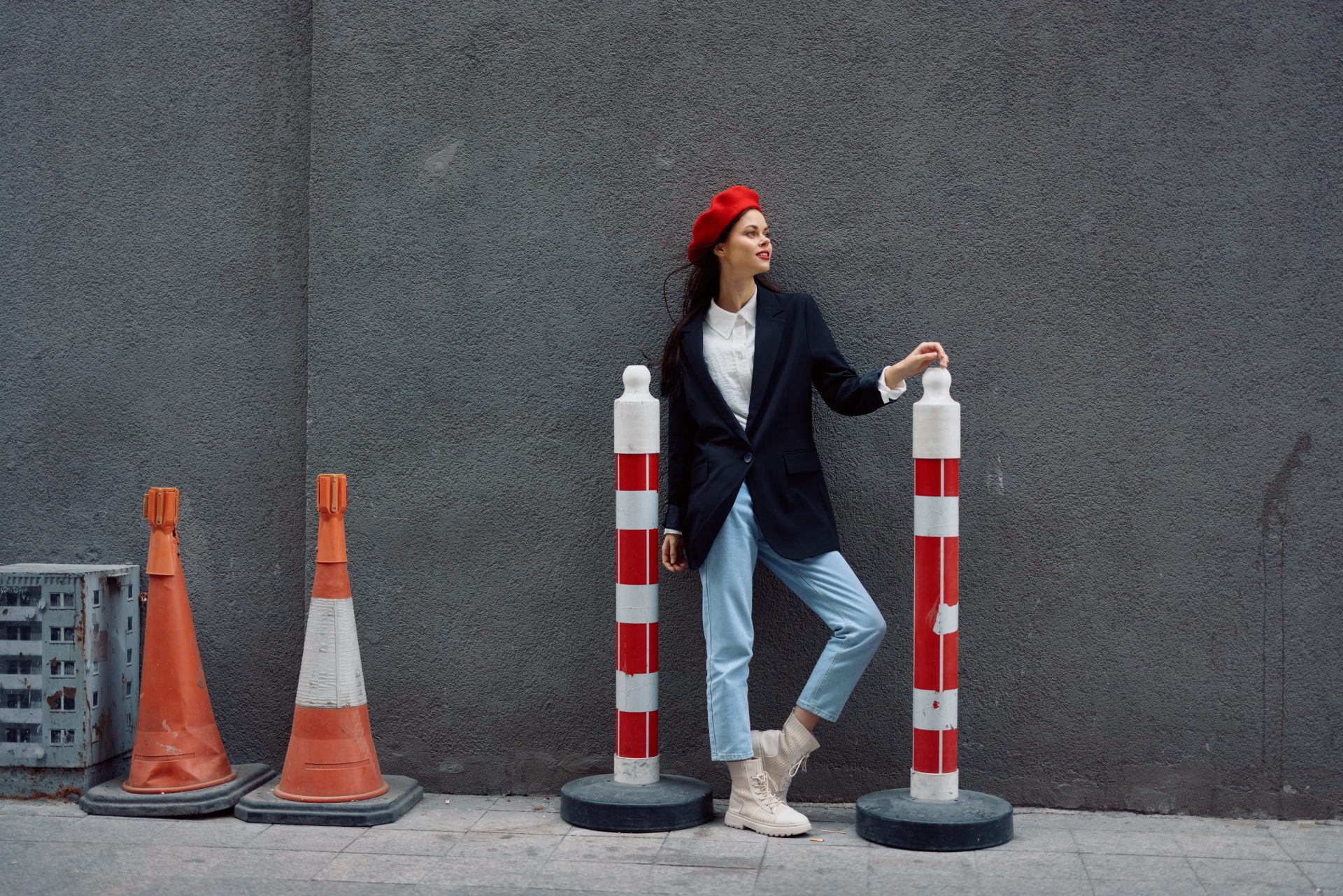

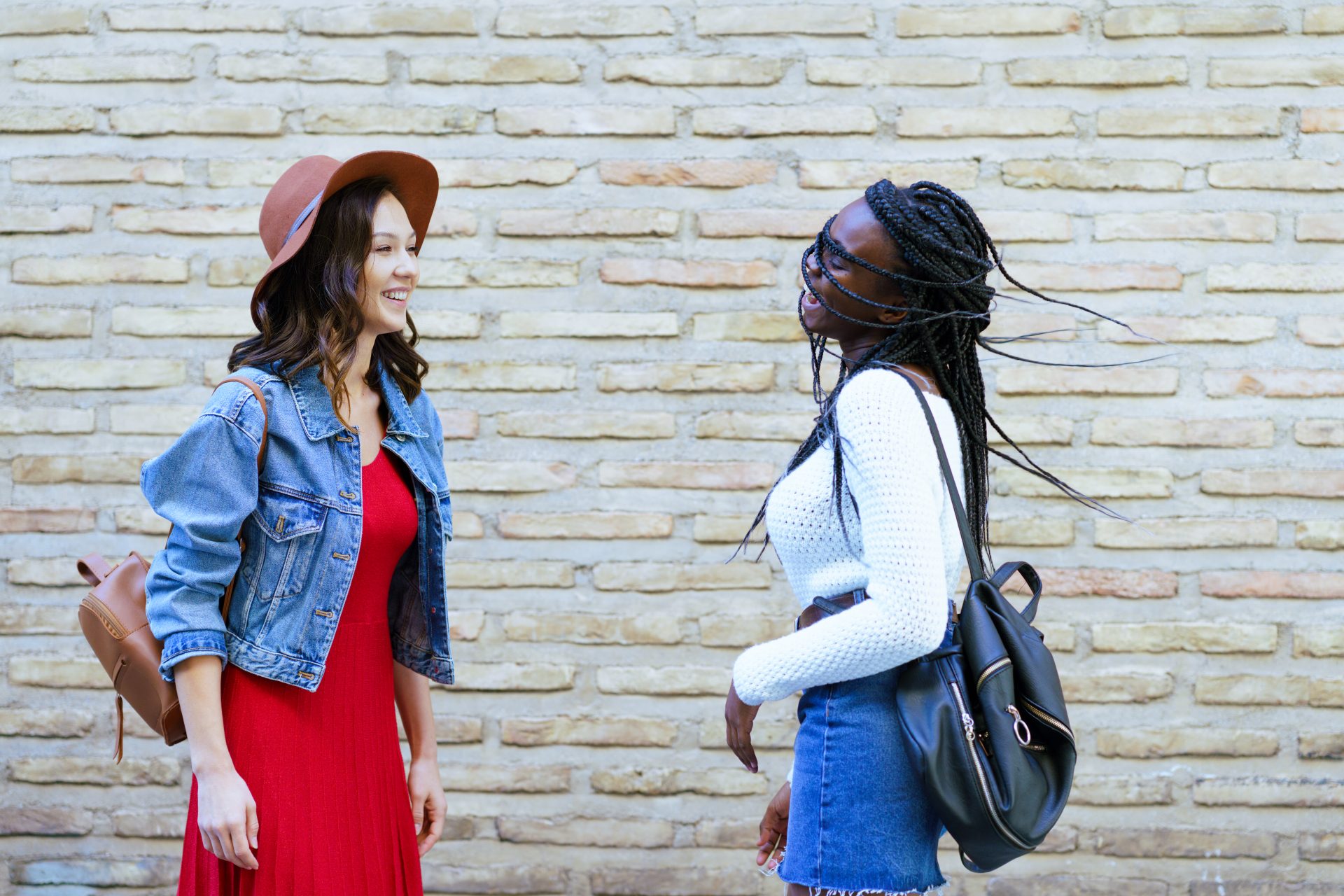
0 Comments